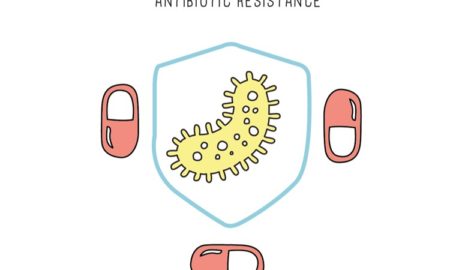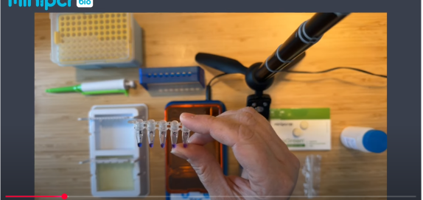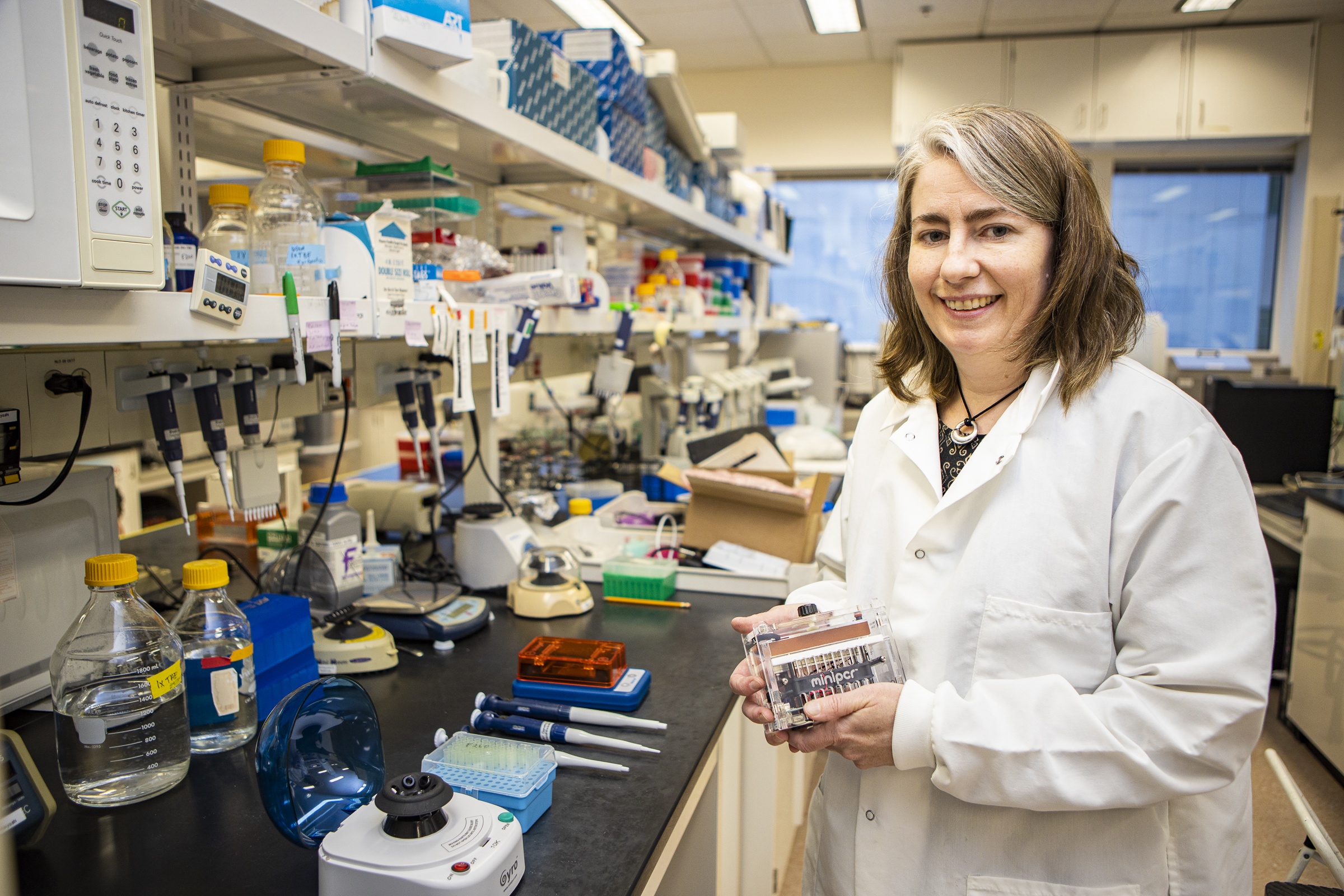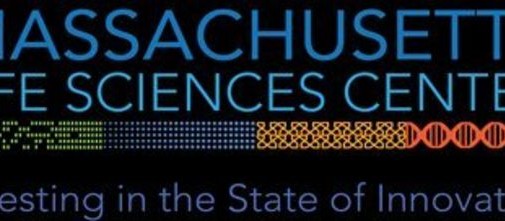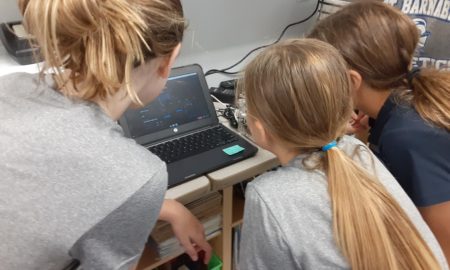Understanding the Science of mRNA Vaccines
The development of vaccines against COVID-19 has brought excitement and relief. But it has also raised questions about how mRNA vaccines work. Understanding the science behind mRNA vaccines and why they are different from traditional vaccines requires a grasp of the central dogma of molecular biology, the flow of genetic information from DNA to RNA to protein. The BioBits® Central Dogma lab provides a hands-on activity for students to see the central dogma of molecular biology in action, allowing students to visualize the principles behind mRNA vaccines.
BioBits®: illuminating the central dogma – literally!
In this lab, students use cell-free technology and fluorescent outputs to directly visualize the flow of genetic information, from DNA to RNA to protein, all in real time and with minimal preparation. Students simply add DNA to freeze-dried, cell-free BioBits reactions that contain everything needed for transcription and translation (Figure 1) and actively observe various possible outcomes.
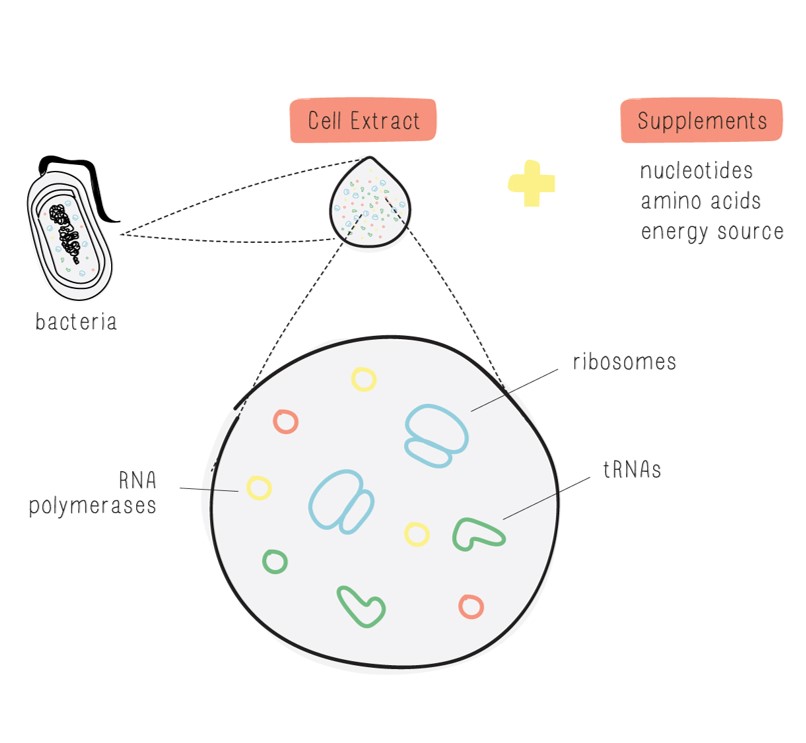
Students visualize mRNA using a unique genetic feature built into the DNA added to the BioBits®. This DNA contains a gene encoding an aptamer, a specially designed sequence of nucleotides that can selectively bind to other molecules when transcribed. A chemical in the BioBits® pellets specifically binds to this aptamer, causing the mRNA to emit green fluorescence. Hence, students identify green fluorescence with the onset of transcription, the synthesis of mRNA from DNA. The DNA also encodes a red fluorescent protein, allowing students to visualize the output of translation.
This lab provides a powerful tool to help students understand the flow of genetic information from DNA to RNA to protein. Because the students can see transcription and translation happening, this lab is an engaging hands-on activity that helps students actively engage with molecular biology’s central dogma.
Using the BioBits® Central Dogma Lab to explain mRNA vaccines
With so much discussion around mRNA vaccines in the news, your students likely have many questions. By making transcription and translation visible, the BioBits® Central Dogma lab can help students understand how mRNA vaccines work.
Briefly explained, mRNA vaccines deliver RNA to our body’s cells that encode harmless fragments of a viral protein. Cells expressing the mRNA into proteins display these viral protein fragments for the immune system to recognize. Exposing the immune system to the viral protein triggers an immune response, leaving our bodies prepared to fight infection by the actual virus in the future. The key to mRNA vaccines is that, instead of immunizing with pre-made viral protein fragments like in traditional vaccines, it is our own cells that translate viral genetic information from RNA into protein.
The BioBits® Central Dogma Lab’s fluorescent readouts are a perfect way to emphasize the flow of information from mRNA to protein in the classroom. Green fluorescence indicates the presence of mRNA. The red fluorescence indicates the mRNA has been translated into protein, similar to how the vaccine mRNA is translated into viral protein to train our immune systems (Figure 2). Refer to our DNAdots and webinar, as well as the mRNA vaccine extension to accompany the Central Dogma Lab, for more details on the science behind mRNA vaccines.
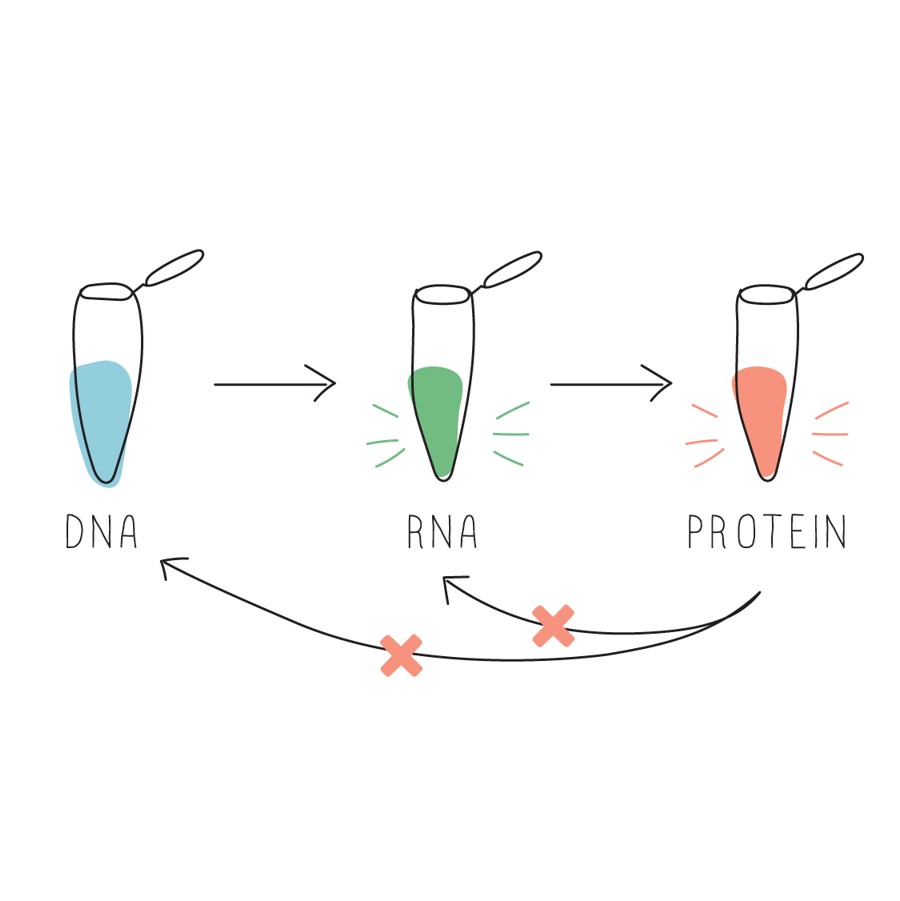
FAQs about mRNA vaccines
After using the Central Dogma lab to demonstrate how mRNA vaccines work, your students may have further questions. You can use the resources mentioned above to help further address these questions. Commonly asked questions (and suggested explanations) include:
What are the advantages of mRNA vaccines?
Traditional vaccines contain weakened or inactive viruses or virus proteins, which can be difficult to produce. Not only does it require both transcription and translation, but proteins are typically more complicated to produce than mRNA. An mRNA-based vaccine, which only requires mRNA production, is faster and easier to manufacture, which is essential when trying to make enough vaccines to combat the pandemic.
Can mRNA vaccines change your DNA?
No, the mRNA in the vaccine does not enter your cell’s nucleus, and it does not interact with your DNA at all. In fact, RNA is very short-lived inside your body, and one of the challenges of vaccine development is making the RNA stable enough to do its job before your body degrades it. Additionally, the flow of genetic information from DNA to RNA to protein is unidirectional, and our cells cannot use mRNA to create DNA.
Will the vaccine be effective against new viral variants?
As viruses spread across populations, they will naturally evolve and give rise to new genetic variants. There are currently novel SARS-CoV2 variants with mutations that affect the spike protein, which is the main target of the COVID-19 vaccines. However, the current vaccines are designed to target very conserved parts (i.e., the parts less likely to change) of the viral spike protein, so scientists expect the vaccines will be effective against these newly evolved viral variants.
Can you get COVID-19 from the vaccine?
No, the SARS-Cov2 mRNA vaccines from Pfizer and Moderna only code for one of the virus’s proteins, making it impossible for an actual virus to be created from the information in the vaccine. Sometimes you can feel sick after receiving a vaccine, but this results from your immune system learning to recognize the viral proteins, which is the reason for vaccination. This prepares your body to fight infection if exposed to the virus in the future.
Will mRNA vaccines stop transmission of the virus?
We don’t know yet. We know that the vaccine significantly lowers the probability of developing COVID-19 symptoms and is also highly effective in preventing severe COVID-19 disease, but we don’t yet know if it will completely stop transmission of the virus from one person to another.
These new mRNA vaccines are a great example of how valuable innovation can come from the most fundamental ideas – in this case, the central dogma of molecular biology. We hope you can use these resources to help reinforce these concepts in your classroom and help your students connect their learning with the real world around them.
Additional COVID-19 resources by miniPCR bio:
- COVID-19 webinars
- DNAdots: mRNA vaccines explained
- DNAdots: What is qPCR?
- Viral Diagnostics Learning Lab
- Introduction to qPCR Learning Lab


